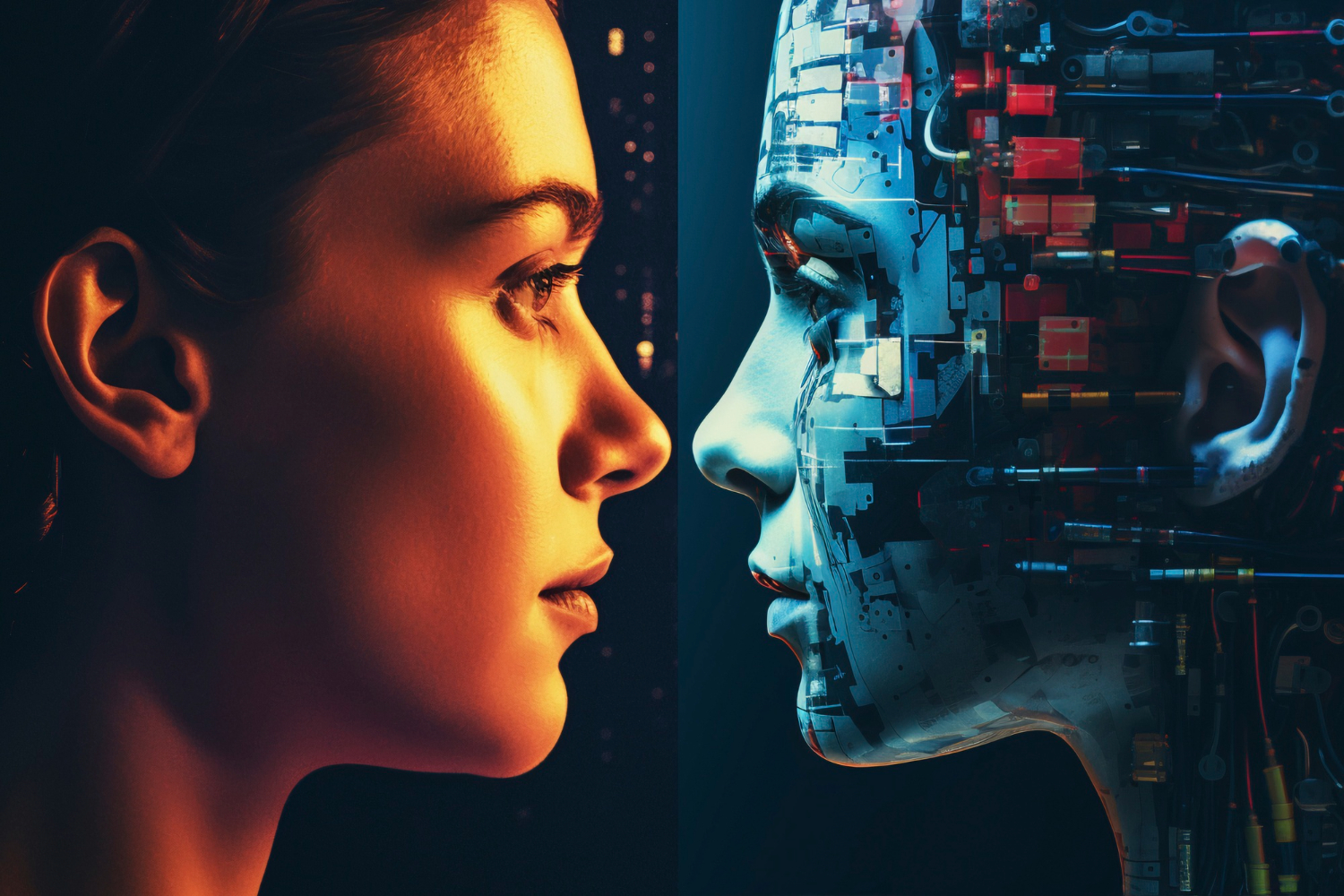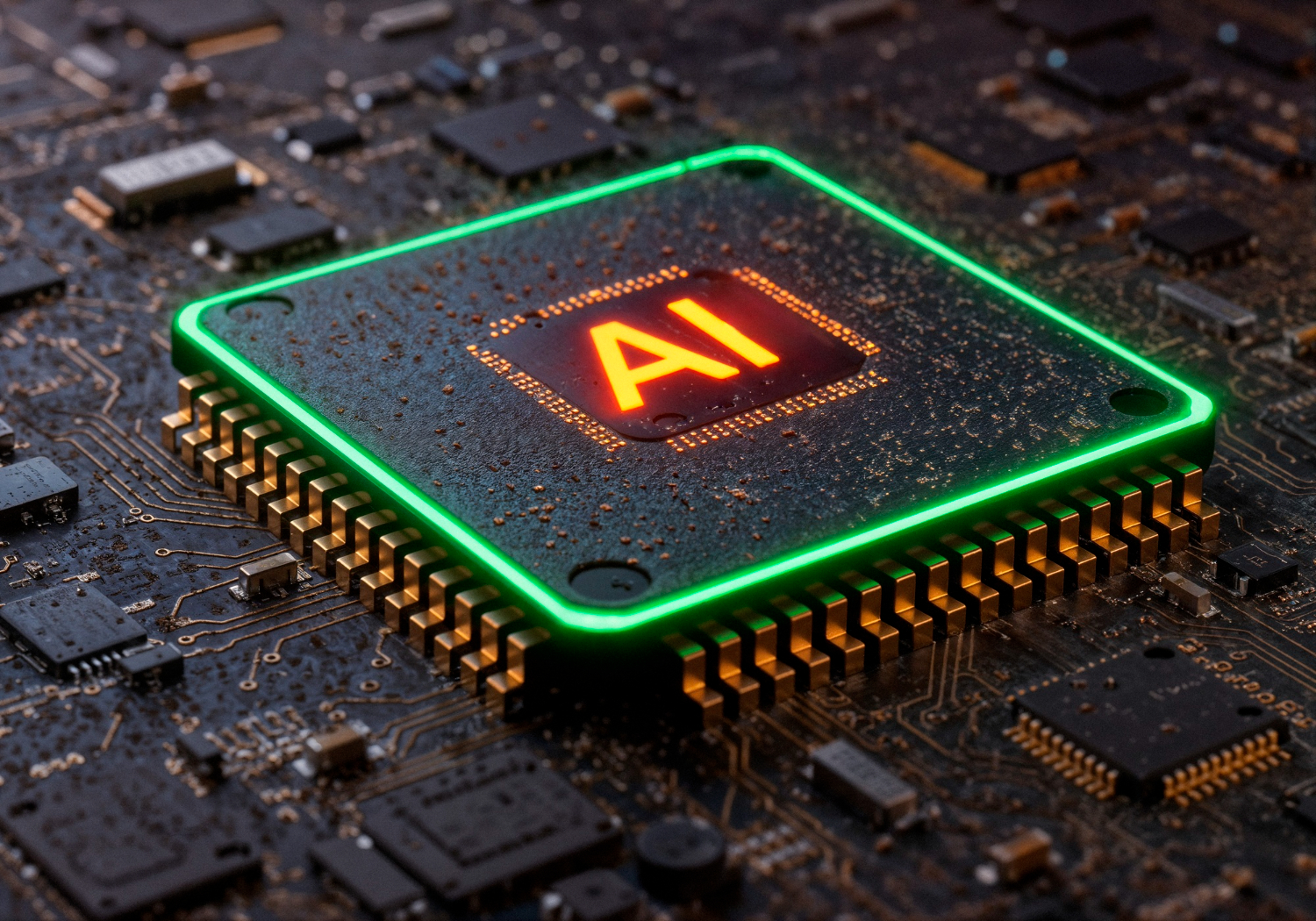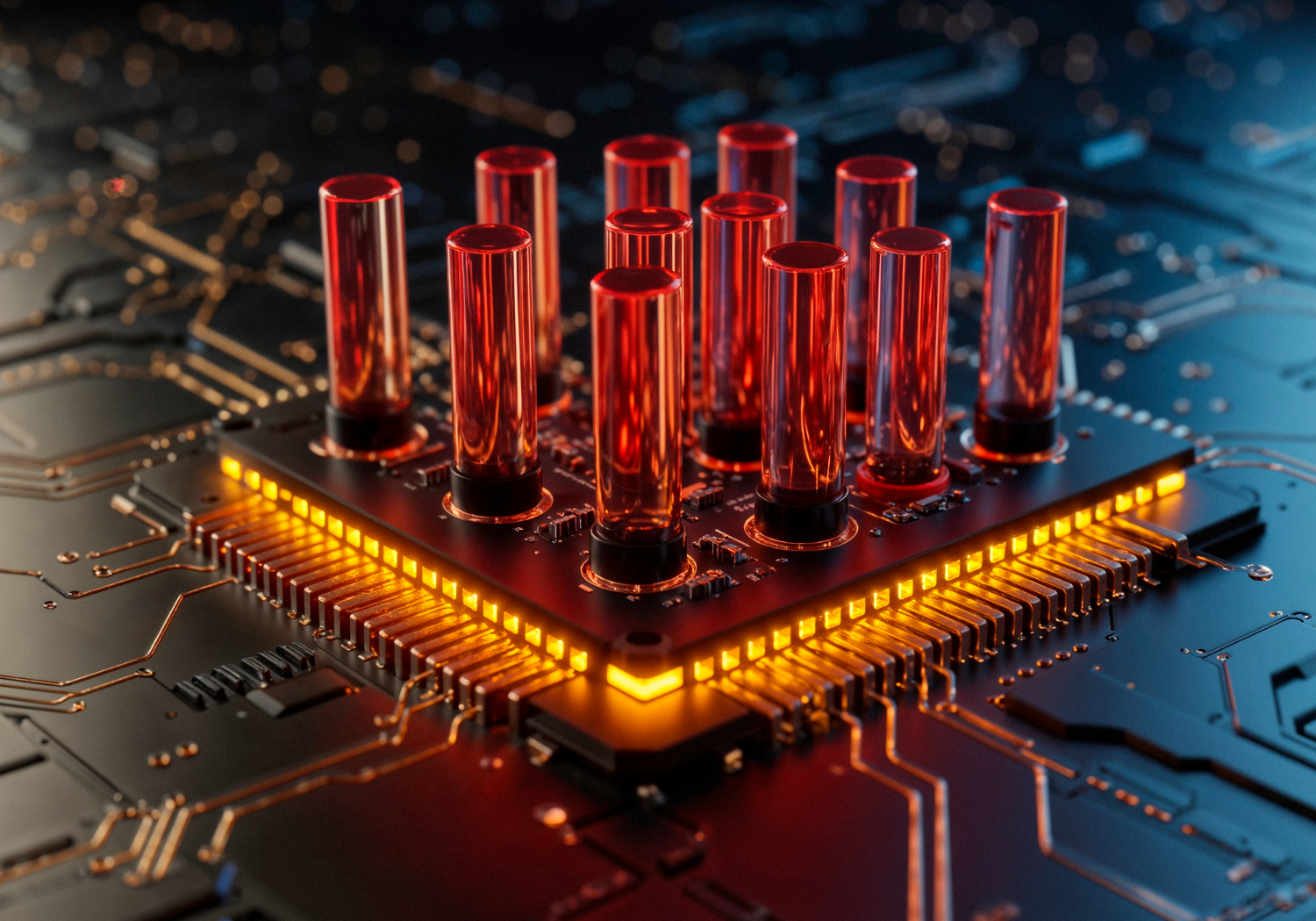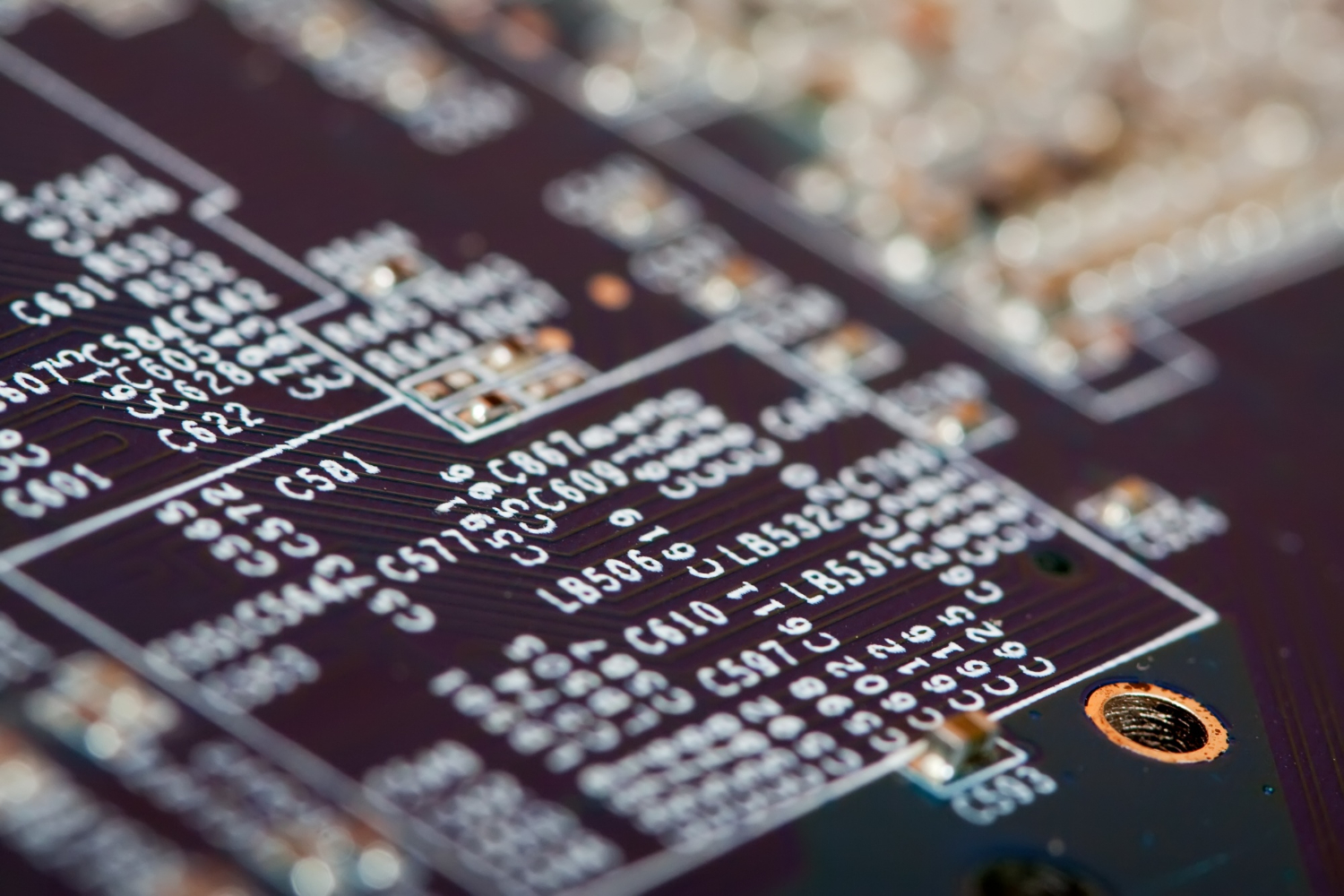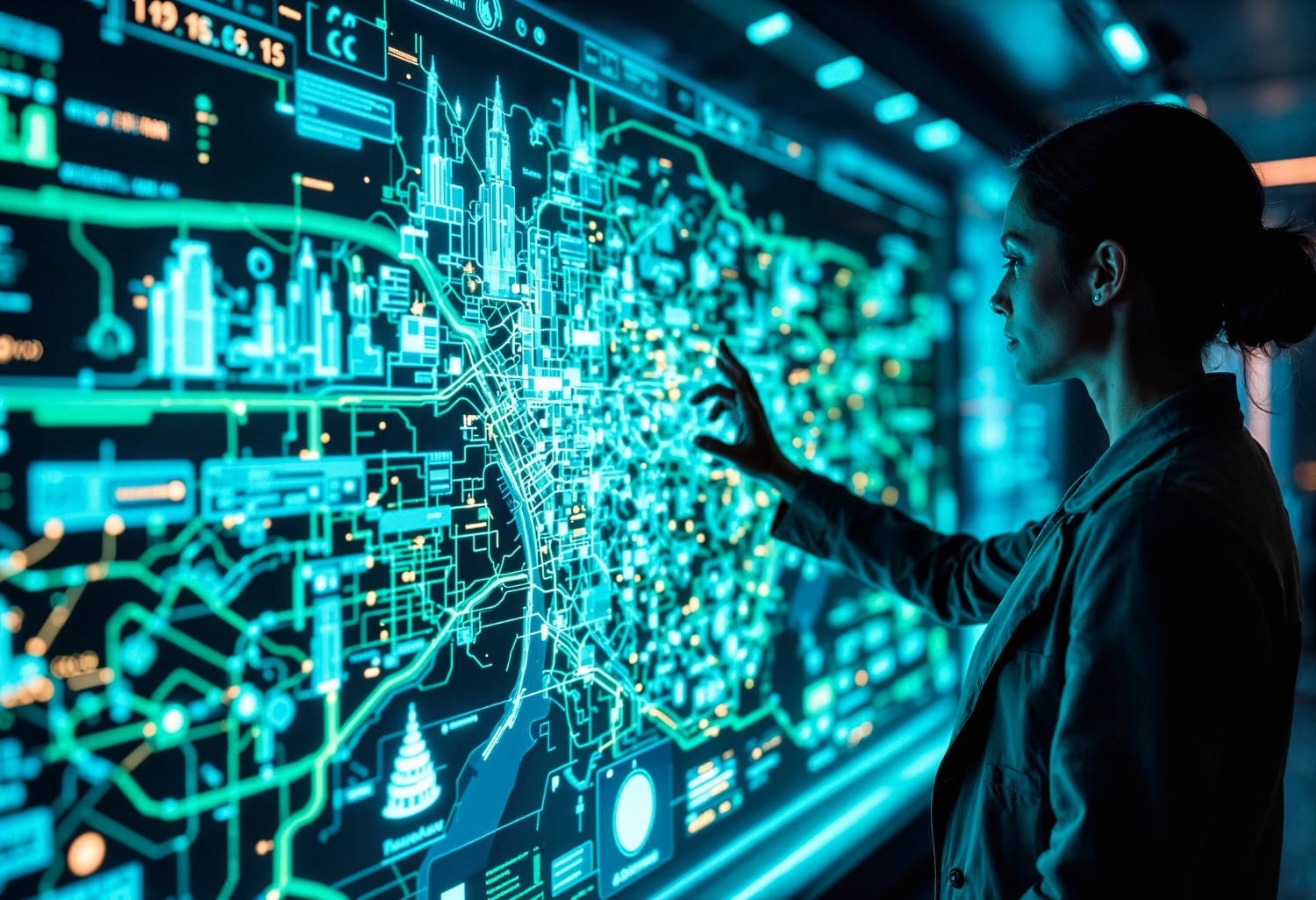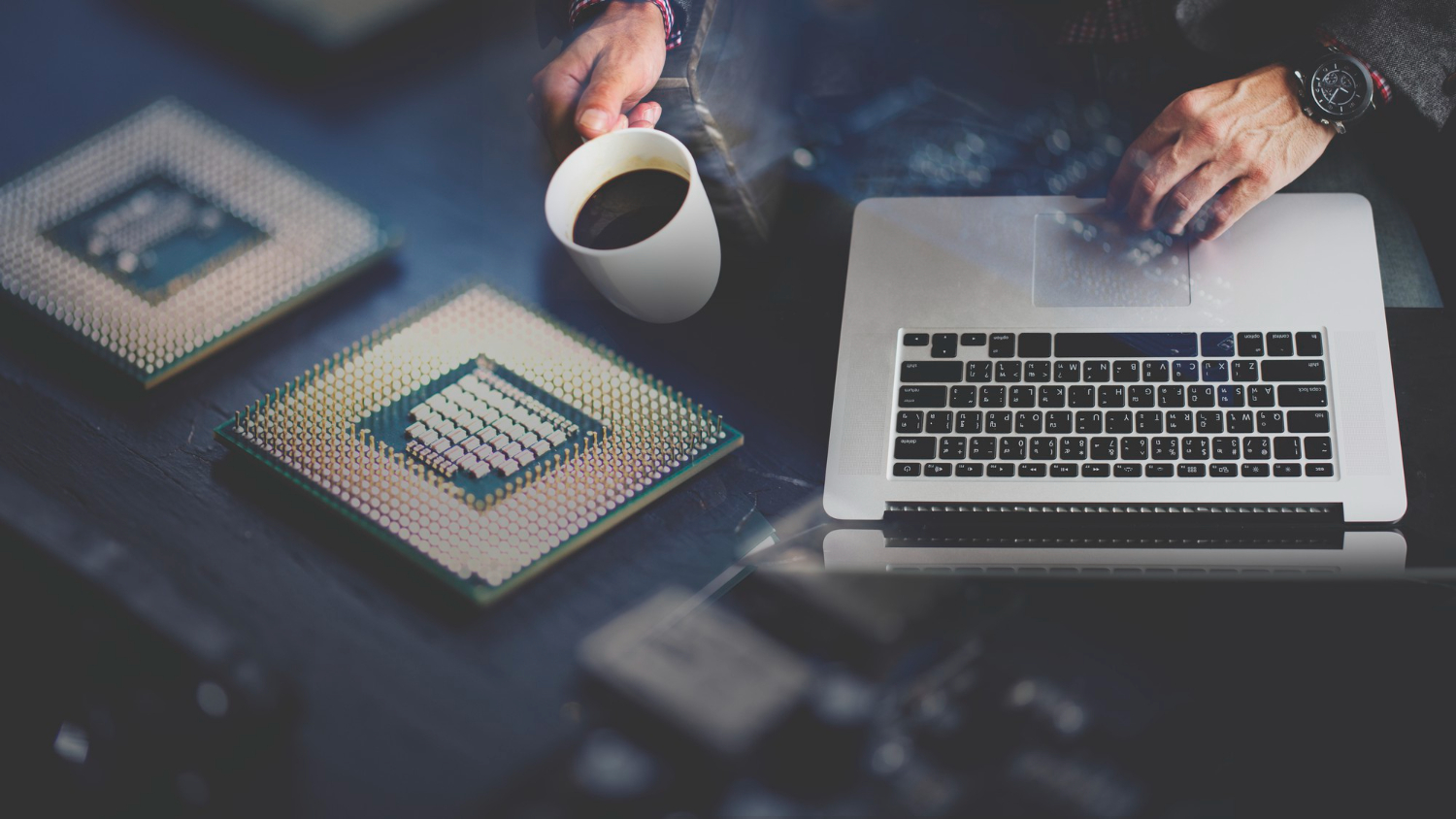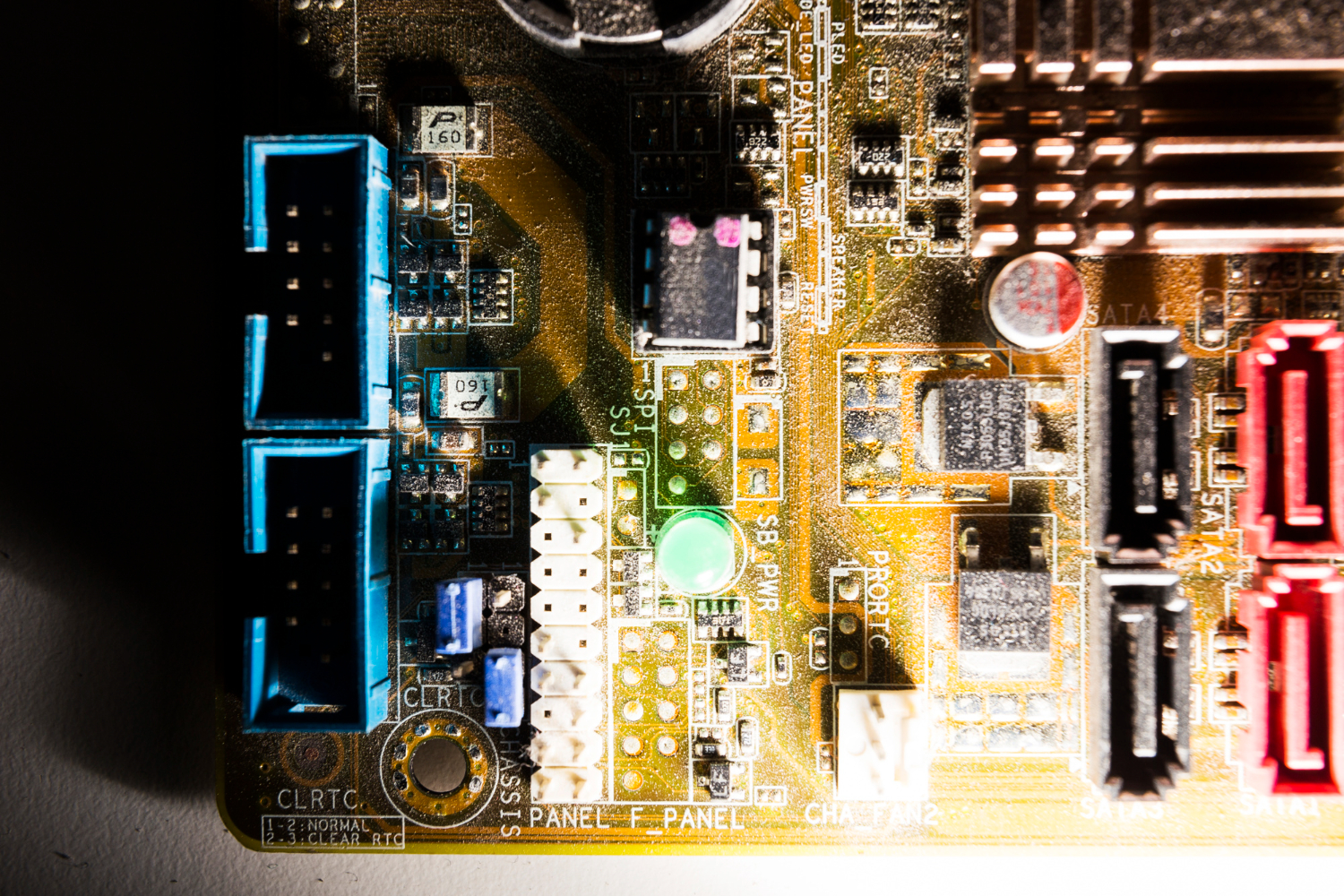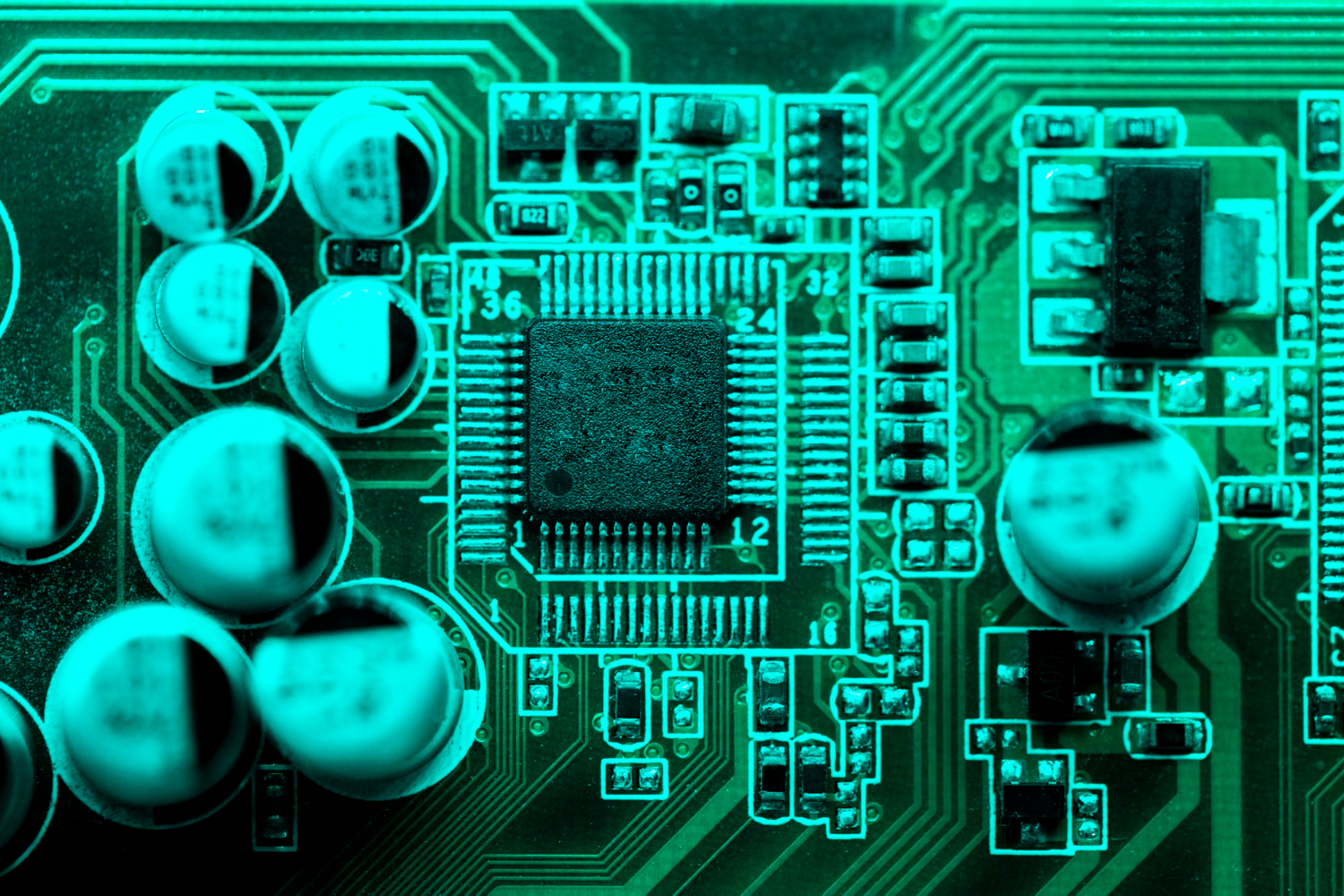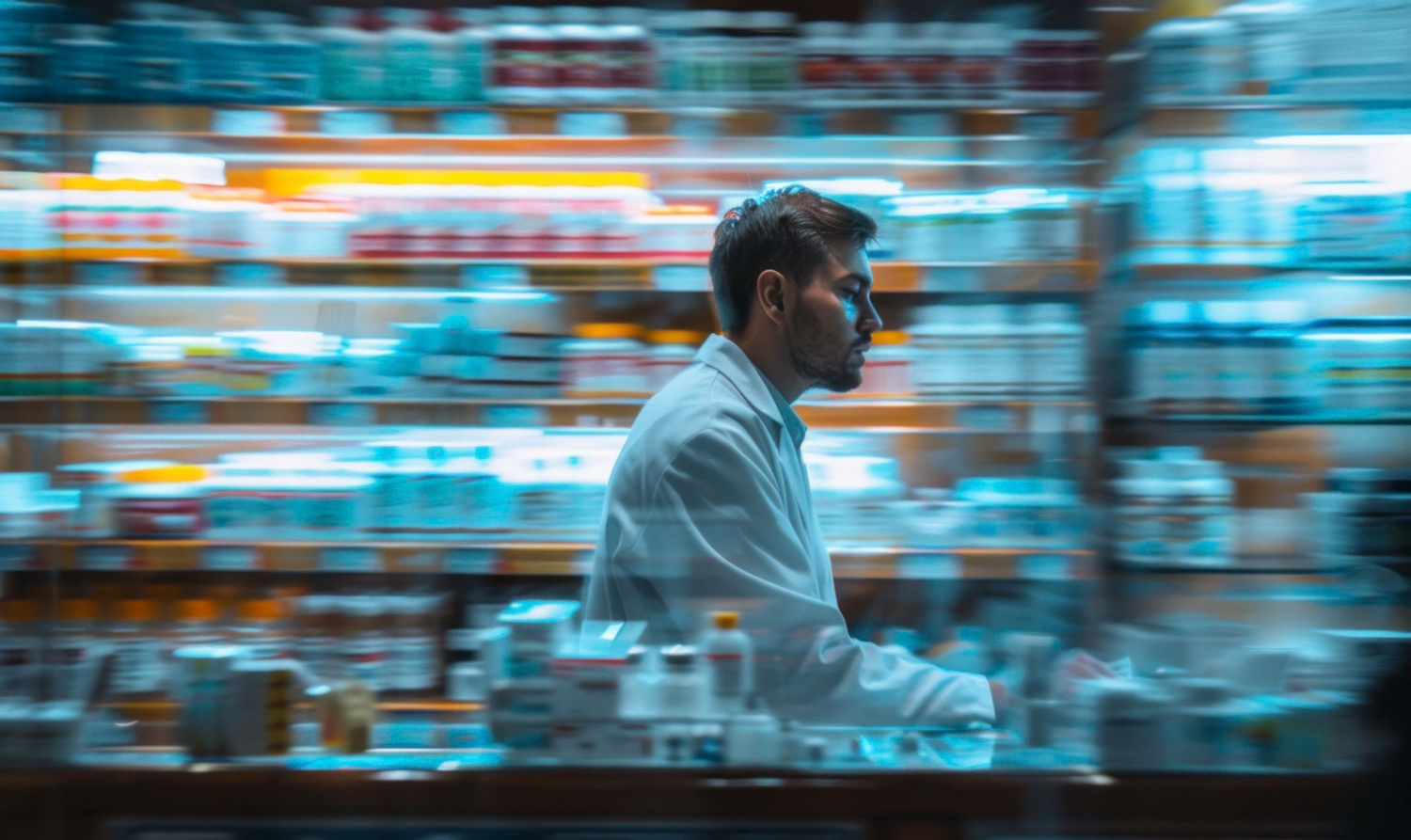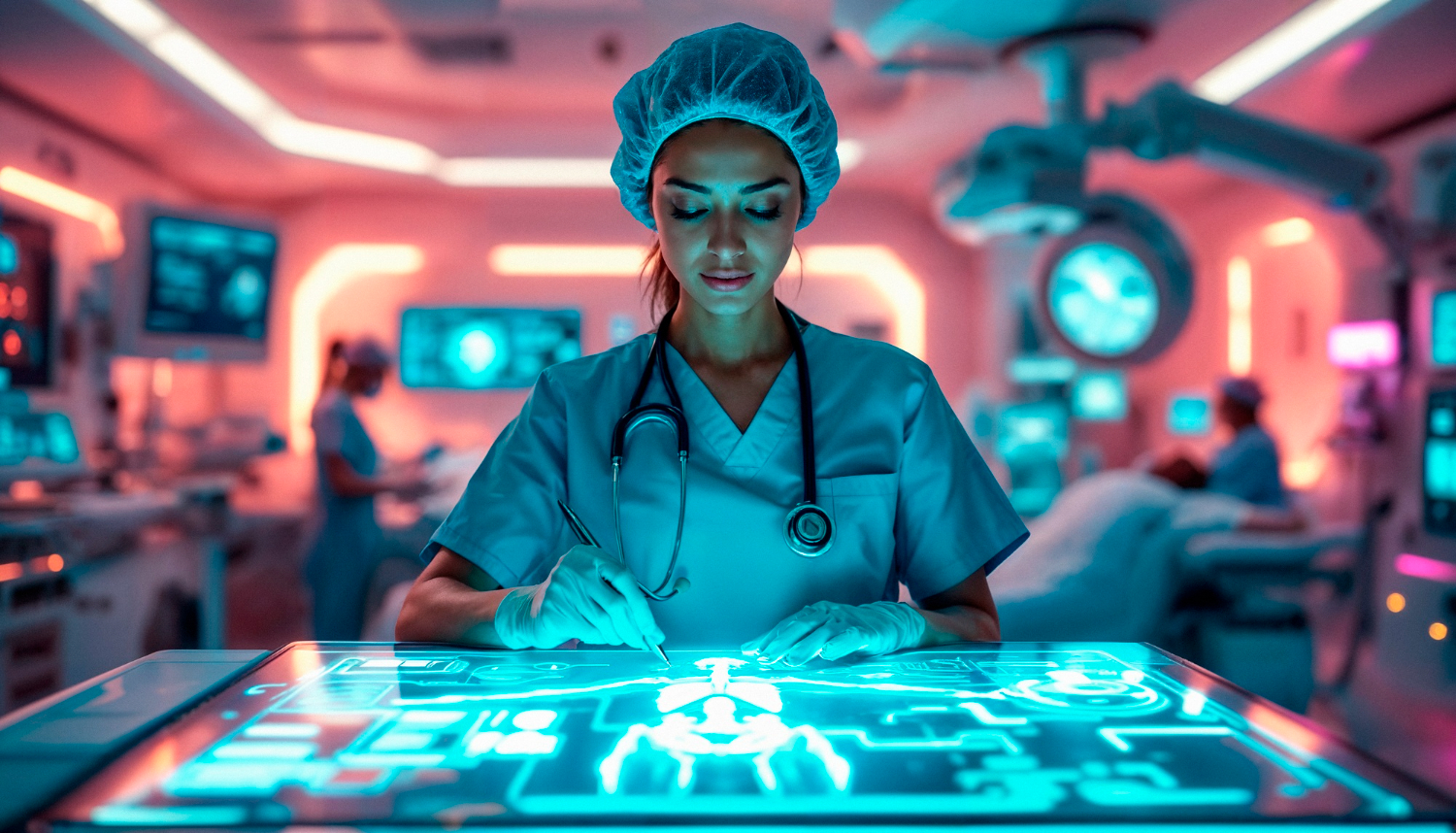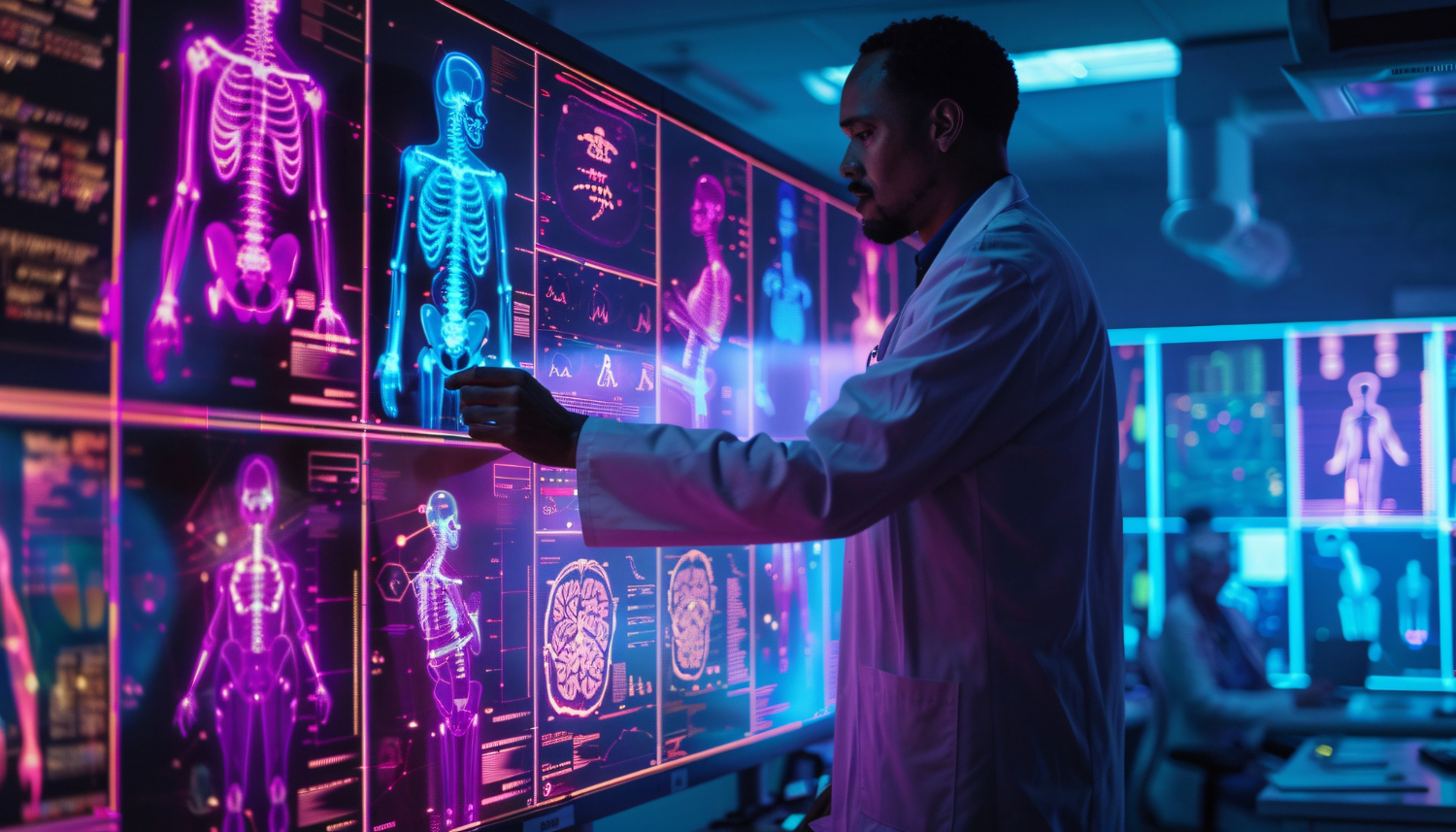AI vs Real: Can You Tell the Difference?
The rise of AI-generated visuals has made it hard to know if what you’re looking at is authentic or artificial. Whether it’s a picture of people or a landscape, the line between AI vs real is becoming blurry.
This has raised some important questions. How do you know if what you see is a genuine photo? Can you trust it? And what can businesses do to adapt to these changes?
AI-Generated Photos: A New Age of Creativity
Artificial intelligence has made a huge impact on visual creation. Tools like DALL·E and MidJourney allow users to create pictures from text prompts. You can type a few words, and the AI creates something based on that. The results can be incredibly realistic, especially when generating a picture of people.
AI is now used in everything from marketing to art. Businesses use it because it’s quick and efficient. You can get custom visuals in minutes without needing a camera or photographer.
However, AI brings concerns, especially when it comes to trust. For example, if a brand uses AI in advertising, customers may feel misled if they find out it’s not a real photo. That’s why it’s important for businesses to be transparent about what’s real and what’s not.
The Power of Real Photos
Real photos offer something AI-generated ones can’t: authenticity. A genuine photo captures a real moment, real people, or a real place. That can build trust with an audience. Customers want to see real products, real customer testimonials, real images of people or genuine events. It’s how brands create a deeper connection with their audience.
But using real photos isn’t always easy. Professional photography can be expensive, and finding the perfect shot takes time. There are also issues like copyright and permissions to deal with. So, while real photos feel more trustworthy, they aren’t always practical for every business.
AI vs Real: What Sets Them Apart?
Here are a few differences between AI-generated images and real photos:
How They’re Made:
-
AI-generated visuals come from algorithms. You input a prompt, and the AI creates a picture based on its training data.
-
Real photos are taken by a person with a camera, capturing actual scenes.
Details:
-
Real photos show natural flaws, making them more believable.
-
AI creations may look too perfect or sometimes awkward. Things like hands or facial features can appear off.
Uses:
-
AI visuals work well for creative designs and fast mockups.
-
Real photos are best when you need to show factual reality.
Trust:
-
People are more likely to trust a real photo because it shows something that exists.
-
AI visuals may create scepticism, especially if people aren’t sure what’s real and what’s artificial.
Ethics:
-
Real photos raise issues like privacy and consent.
-
AI raises concerns over how it represents things that aren’t real, and whether this is ethical in certain contexts.
Why It Matters for Your Brand
Choosing between AI and real photos affects how your brand is perceived. Authenticity is critical. When people see a picture of people on your website, they want to know it’s real. If it’s AI, it might feel disconnected. Yet, using AI has its advantages, especially when budgets or timeframes are tight.
Finding the balance is the key. Use AI-generated visuals when you need quick, creative content. But when showing real events, people, or products, real photos are a must. The trust you build with your audience depends on that authenticity.
TechnoLynx Can Help You Decide
At TechnoLynx, we help businesses navigate these choices. We understand when you need authenticity and when you can rely on AI. For product showcases, team introductions, or event promotions, real photos build credibility. For fast-turnaround creative projects, AI can be an excellent tool.
We help businesses create strategies that use both AI and real photos effectively. Our goal is to keep brands authentic while using technology to stay efficient. We also ensure that any AI-generated content is clearly labelled, maintaining trust and transparency with your audience.
The Future of AI vs Real Photos
As AI evolves, it will become harder to tell the difference between AI-generated visuals and reality. But no matter how good AI gets, people will still crave the authenticity of real photos. The personal connection they bring will always be valuable.
One of the biggest challenges ahead is how businesses and audiences will handle this shift. When AI becomes capable of creating even more realistic visuals, how will trust be maintained? There may come a time when viewers demand that businesses clearly identify whether a visual is real or AI-made. This kind of transparency will be key to preserving trust and credibility. Brands that don’t adapt could face a backlash, as customers may feel misled by artificial content.
On the other hand, there is incredible potential for AI to improve. It can speed up workflows, cut down on costs, and make creative processes more accessible. Small businesses, in particular, can benefit from these advancements. AI-generated visuals can give them a competitive edge without needing to invest heavily in professional photography. However, they must balance this efficiency with the need to stay authentic.
Ultimately, the future lies in blending the two approaches. AI and real photos can coexist, each serving different purposes. The brands that manage to integrate both without sacrificing their values will come out on top. Maintaining authenticity, while embracing innovation, is the path forward for businesses.
Continue reading: AI Faces vs Real: Test Your Judgment in this Image Quiz Challenge!
Image credits: Freepik

